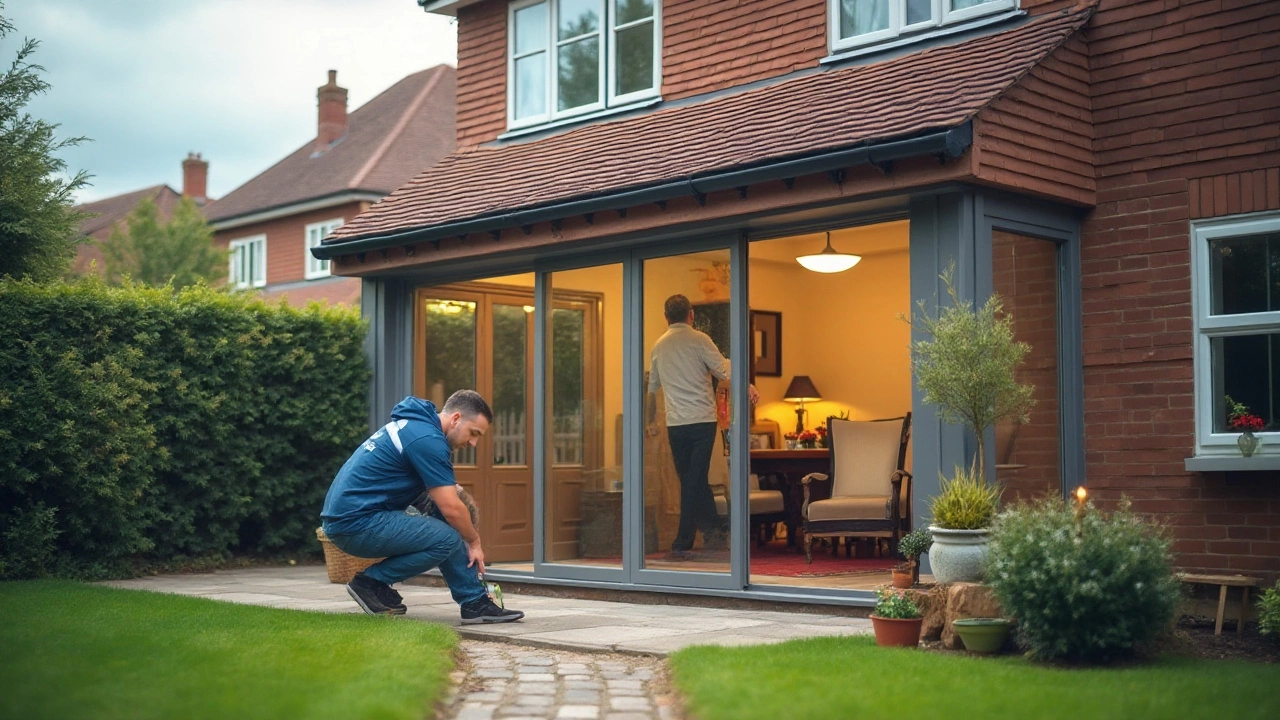Crack Repair Guide – What You Need to Know and How to Fix It
If you’ve spotted a crack in a wall, floor or foundation, you probably wonder if it’s a big deal. The short answer: not every crack needs a contractor, but some do. In this guide we’ll break down the most common cracks, what they mean, and how you can tackle the easy ones yourself. You’ll also get a quick look at typical repair costs so you’re not surprised by a bill.
Common Types of Cracks and What They Tell You
First, identify the crack. Horizontal cracks in a foundation often signal pressure from soil and can be serious. Vertical cracks, especially those less than a millimetre wide, are usually just normal settling. Stair‑step cracks in brick walls often point to movement in the supporting structure. Knowing the pattern helps you decide if you need a professional or a simple DIY fix.
How to Fix a Crack – Step‑by‑Step DIY
For small vertical or hairline cracks, start by cleaning out any loose material with a wire brush. Next, apply a masonry filler or epoxy crack sealant, pushing it deep into the gap. Smooth the surface with a putty knife and let it cure as the product recommends – usually a few hours. After it hardens, sand lightly and paint to match the surrounding area. If the crack is wider than 5 mm or you see water seepage, call a specialist.
When a crack is in a concrete slab, you might need a concrete repair kit. These kits include a bonding agent, filler, and a trowel. Mix the filler, spread it evenly, and finish with a floating tool. For foundation cracks, the best long‑term solution often involves installing steel reinforcement bars (wall ties) and a waterproof membrane – jobs that need a qualified contractor.
Cost wise, DIY repairs can run under £50 for filler and tools. Professional seam‑sealing starts around £150, while thorough foundation repair can climb to £2,000‑£5,000 depending on depth and access. Always ask for a written quote and check if your home insurance might cover structural damage.
Bottom line: a quick visual check can tell you if you’re dealing with a harmless settlement crack or a sign of deeper trouble. Small cracks are easy to fix with the right filler and a bit of patience. Bigger issues deserve a pro’s eye to keep your home safe and avoid costly repairs later. Keep this guide handy the next time a crack pops up – you’ll know exactly what steps to take.

Foundation Crack Repairs: Inside vs. Outside Solutions
Dec 10, 2024, Posted by Damon Blackwood
When it comes to repairing foundation cracks, choosing between an inside and an outside fix can be puzzling. Both methods have their own advantages and challenges. The decision often depends on factors like the severity of the crack, accessibility, and the local climate. Understanding each approach can help homeowners make informed choices, ensuring the longevity and stability of their homes.
MORESEARCH HERE
Categories
TAGS
- foundation repair
- commercial construction
- construction
- new builds
- home improvement
- home renovation
- bathroom renovation
- residential construction
- construction materials
- home foundation
- renovation tips
- building types
- contractor
- foundation cracks
- home construction
- architectural services
- building codes
- construction differences
- home inspection
- kitchen installation